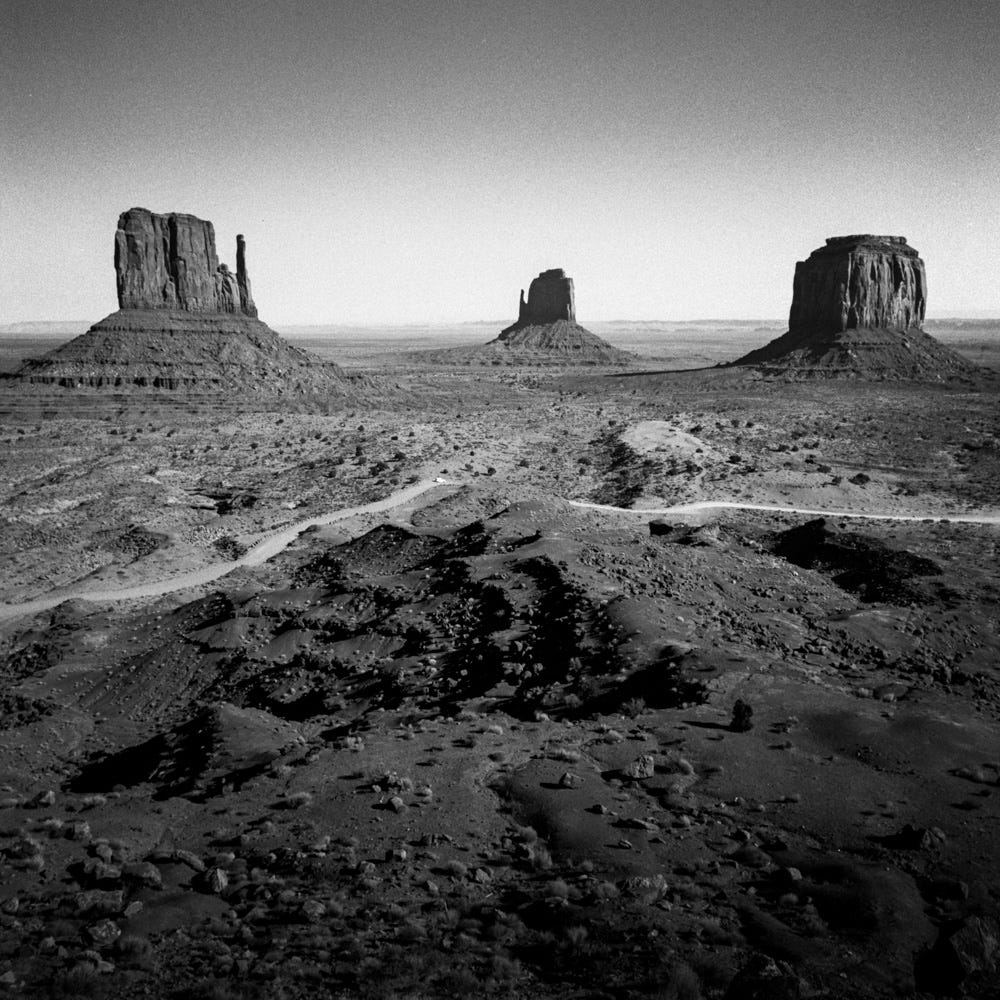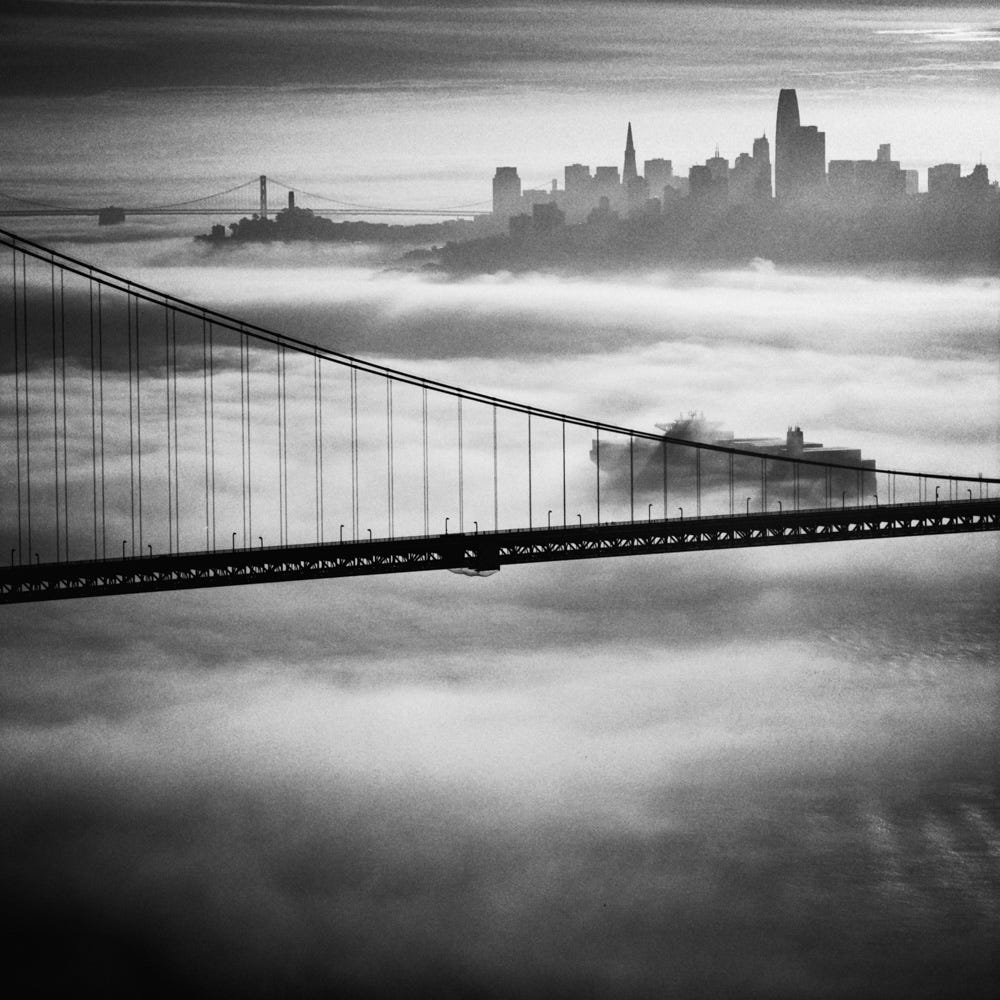106 rolls of film. That’s how many I brought on a two-month photography road trip back in 2017. But that’s not all: along with the film, I carried the chemicals and all the tools I needed to develop it on the road. And a scanner.
This was going to be the longest and most epic road trip I had taken so far, visiting places like the Grand Canyon, Monument Valley, and Antelope Canyon. It could have been the road trip of a lifetime, actually. I wanted to make sure I had enough film to capture it, so I bought 100 rolls—about $500 worth back then (prices have doubled since).
Even though the camera I was using at the time, a Bronica SQ-Ai, was relatively modern as far as film cameras go, it was still a 20+ year-old machine. The last thing I wanted was to get home after two months on the road, having spent thousands of dollars, only to find out that a light leak or some other issue had ruined all my film.
At first, my plan was to develop every single roll in hotels and Airbnbs. But since developing took time away from the actual photography, I started to fall behind. I eventually settled on developing one out of every four or five rolls. This way, if there was a problem with the camera or something else, I’d still catch it, even if a few rolls late.
I also scanned a few frames here and there, to make sure everything was looking good, sharp and in focus, and properly exposed.
Developing film on the road was tricky. Water quality varied a lot from place to place, and maintaining the right temperature was a constant challenge. But somehow, I made it work.
I stored all my film, both unused rolls and the ones waiting to be developed, in a small cooler. The trip took place in late fall, when temperatures in the Southwest can vary dramatically between day and night. Inside the car, it could get pretty hot on sunny days, while freezing temperatures were not uncommon at night.
The experience taught me a lot. Because I had a limited number of shots, I learned to recognize strong scenes. This is a skill that still serves me well today. But while limitations and constraints can be great for creativity, this was a bit too much. In hindsight, it actually held me back, and I regret not taking more photos of those incredible locations, many of which I haven’t returned to in over seven years.
For the film photographers out there, how do you handle long photography road trips? How much film do you bring? Do you develop on the road or wait until you’re back home? Any tips?







This reminds me of a technique I still use today.
I recently bought a new camera (a D850 I’ve been drooling over for a while). The nice lady at the camera store (Marlena at Allen’s Camera just outside Philadelphia in case anyone needs a real camera sales pro) wanted me to buy a memory card with a monster amount of memory. But I’ve tried to get away from having SO much memory. I prefer to have a finite number of shots because it takes me back to my film days when I had to put more thought into each image. I find that when I have SO much memory, I just sort of let the shutter rattle and clack away and the quality of my images starts to fall. However, if I know that I only have space for 600 images on my memory card I start to be more judicious.
It might sound like a lot of film, but it averages out to about 20 images per day. These days, on photography-focused trips, I typically shoot between 5 and 15 images daily, depending on the location and conditions.
During my 10-day road trip through the US Southwest, I shot around five rolls of 35mm film, along with digital backups. Unfortunately, every single film shot was ruined by small spots and stains on the emulsion—I’m still not sure whether it was the lab’s fault or an issue with the film itself. Luckily, my digital captures provided plenty of usable images.